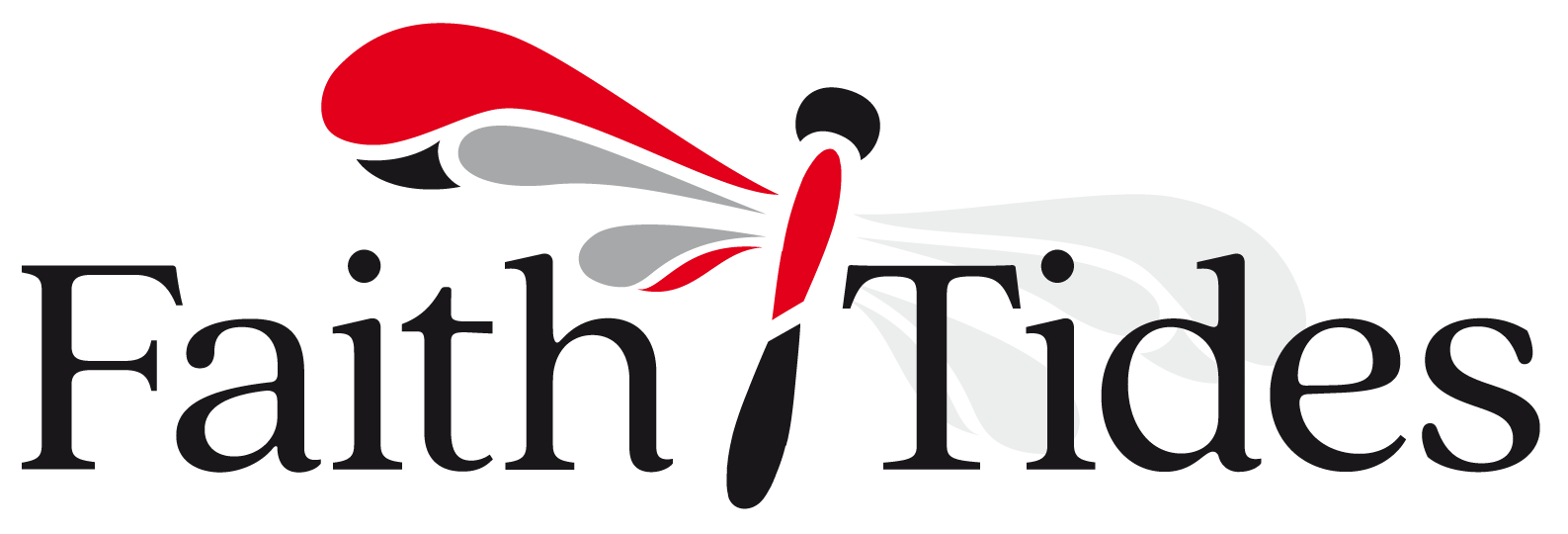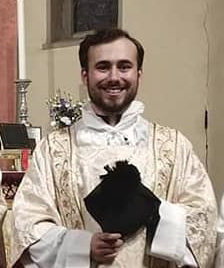
For as long as I can remember, I have always sought out what I like to call the “golden thread,” a thread of meaning, of holiness, and — dare I say — of enchantment, that runs through the tapestry of human thought and culture from its earliest dawn to the present day. Throughout my life, this impulse has led me to seek out the ancient, the symbolic, often the downright weird, precisely because the old and the strange seemed to lift the veil of the fleeting present and disclose, if but for an instant, a glimpse of eternity.
Often these moments of revelation are solitary, intimate experiences, as when I stumble upon a line of Homer or a verse of a psalm that reflects back at me the profoundest truths of my condition and of my place in the created order. Sometimes, the golden thread bursts forth in a blaze of light and colour, taking the form of Gregorian chant and cloth-of-gold vestments radiant in the sunlight of an Easter morning. For me, ancient words and ritual play havoc with the pretensions of the present moment to a monopoly on truth; they have existed from far before my own time and point me far beyond all time to the eternity of God.
The coronation of King Charles III on May 6, 2023 was an occasion when the golden thread shone forth with particular brilliance. For someone of my temperament, the coronation of one’s own monarch — the first in 70 years and the only such rite that survives among European monarchies — is a high occasion indeed. I was to witness, from a distance of some 4,500 miles, a king, my king, who counts among his ancestors Alfred the Great and Saint Louis of France, crowned at the centre of the Cosmati Pavement, an icon of the ordered universe, before the high altar of one of the most august temples in all of Christendom. Few rituals on earth are so attended by ancient ritual, so steeped in symbol and mystery.
The night before the coronation, I set my alarm to ring at the eye-watering hour of 2:15 a.m., not wanting to miss a thing. Rising in the wee hours of the morning on May 6, I opened my laptop to watch in glossy high definition a ceremony that had changed little since Saint Dunstan, Archbishop of Canterbury, crowned King Edgar of England amongst the ruins of Roman Bath in A.D. 973. Of course, the coronation is in one sense a matter of State, but first and foremost it is a rite of Christian consecration. It is the setting apart of a member of the Body of Christ, called by God through no merit of his or her own, to undertake a distinctive office within that Body.
In the days leading up to the coronation, social media wags, with a dash more wit than reverence, marvelled that so elaborate a ritual was necessary to give someone a new hat. Anglicans might reflect that, to an outsider, this seems to be a criticism equally applicable to the consecration of a bishop! Indeed, the parallels between the anointing of the monarch and the consecration of a bishop are more than accidental.
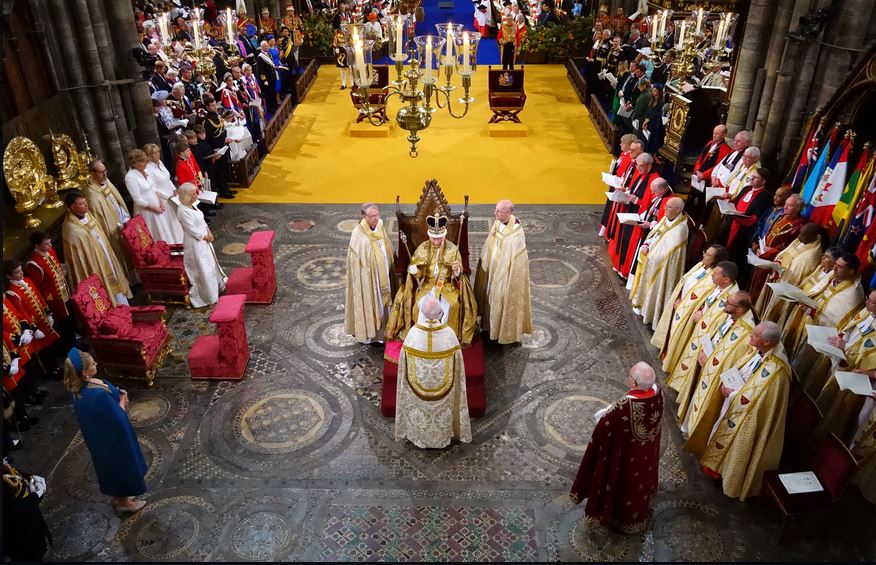
Consider the shape of the coronation ritual, set within a celebration of the holy eucharist and unchanged in its essentials from the Anglo-Saxon period to the present. First, the king is presented to his people to be acknowledged by them as their rightful sovereign. Then, he swears an oath to govern well in the sight of God and the people by preserving true religion and maintaining justice and mercy. Next, the king, stripped of his regal garments and shielded from view for this holiest and most intimate of divine encounters, is anointed with holy chrism on his hands, chest and head, setting him apart for the work God has given him to do. The investiture follows, when the king is clothed in the priestly vestments of alb, tunicle, stole and cope. The great climax of the investiture is the moment when the archbishop places the Crown of Saint Edward, surmounted by the orb and cross symbolising Christ’s gentle rule of the universe, upon the king’s head. Finally, the king is seated upon a raised throne to receive the acclamations and homage of the people committed to his care.
Recognition, oath-taking, consecration, vesting and enthronement, all embedded in a celebration of the holy eucharist: open your Book of Common Prayer or Book of Alternative Services and you will see that the shape of the coronation rite is mirrored in our church’s liturgies of ordination. This resemblance carries home the point that the office of monarch, like ordained ministry, is a lifelong vocation, to be set aside only at one’s last breath. As Shakespeare put it in Richard II, “Not all the water in the rough rude sea can wash the balm from an anointed king” (Act III, Scene 2).
As I watched the service unfold, the ancient words, ritual and music of the coronation resounded with something very deep in my being. But when the orchestra on the abbey’s rood screen struck up the first notes of Handel’s Zadok the Priest, I felt a particular frisson: I was to witness — or rather, as guardsmen arranged the anointing screen around the linen-clad king, deliberately not witness — a rite whose symbolic resonance and sacramental power chases the golden thread back through Christian and Jewish history to the very earliest Near-Eastern reflections on the nature of good government.
“Be your head anointed with holy oil,” said the Archbishop of Canterbury, unheard by the many millions who looked on, “as kings, priests and prophets were anointed. And as Solomon was anointed king by Zadok the priest and Nathan the prophet, so may you be anointed, blessed, and consecrated king over the peoples, whom the Lord your God has given you to rule and govern; in the name of the Father, and of the Son, and of the Holy Spirit. Amen.”
What are we to make of this moment of anointing? I can tell you, at least, what I made of it. I felt I was witnessing the enactment of a sign whose meaning and resonance the petty ideologies of modernity — its nugatory nationalisms, its empty imperialisms, its puny partisan factionalisms —could not account for. The anointing, and for that matter, the whole coronation, was for me more than an aesthetic experience: it was an icon, a reflection seen “through a glass darkly,” of an ancient ideal of human government rightly ordered in relation to God and human beings and embodied in the person of the king.
But what is this ideal of good government that the coronation rite expressed? That the foundation of all good government is a solemn covenant between God and king, and between king and people; that the king is in a sense a sacramental figure, showing forth in his person an admittedly imperfect and limited vision of the divine government of the all things; and that kingship is above all a sacred vocation, because it is concerned with the right ordering of human affairs according to the divine law of love and service.
We enlightened moderns, who delight in such ingenious contrivances as the iPhone, Netflix, and the distinction between the sacred and the secular, might be tempted to blush or scoff at such notions. Yet, it seems to me, it is precisely because the coronation and the ideals it expresses are so strange to us that they continue to have value: they are so alien to our day-to-day experience and to our fundamental ideas of what a State is that they are able to shake the dust from our assumptions and to provide a counterpoint to and critique of them.
But as strange as this ancient ideal of government as a sacred covenant between God, king and people may seem, it is worth remembering that it was given expression as recently as the proclamation by Queen Elizabeth II of the Canadian Charter of Rights and Freedoms, which grounded our rights as Canadians in a belief in the “supremacy of God and the rule of law.” According to the charter, the people’s unalienable right to fair treatment and just government is a matter of divine precept, not of social contract or the changeable will of the majority.
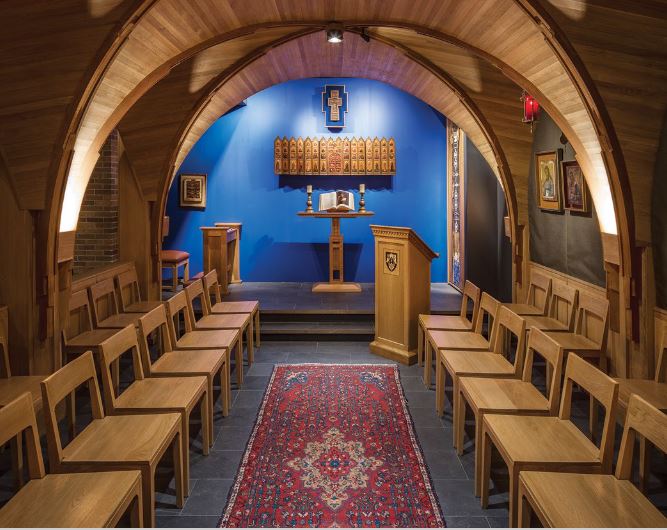
Long before the enactment of the Constitution Act of 1982, the ideal of covenantal government expressed by the coronation rite was manifested in the Royal Proclamation of 1763, which affirmed the covenantal relationship between the monarch and his Indigenous allies and guaranteed their title to their ancestral lands. This ideal finds continued expression today in the three Canadian Chapels Royal, the only churches with this distinction outside the United Kingdom. That these are sacred spaces is essential to their significance, for they witness to the fact that the ties between the king and Indigenous peoples is not merely contractual — to be dissolved and remade according to temporary expediency — but covenantal, rooted and grounded in God’s own eternity. That through the centuries this ideal, like all high aspirations, has been honoured more in the breach than in the observance is hardly reason for us to abandon it; indeed, it is all the more reason for us as Christians to proclaim it and to strive, by God’s grace, to live up to it.
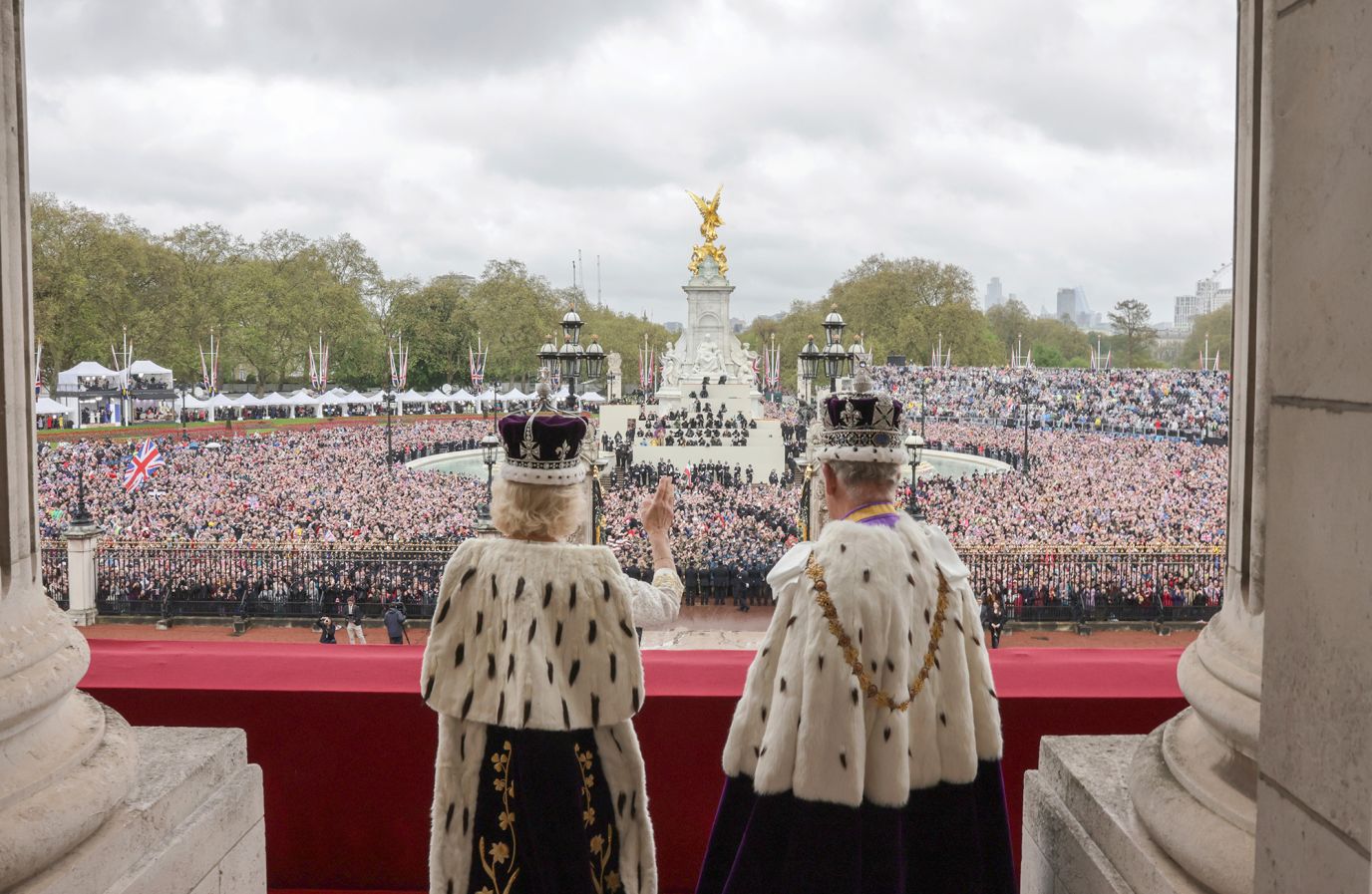
I realise the thesis I am suggesting is a bold one, that precisely because our monarchy and its symbols and ceremonies are ancient, it has continued relevance today and can, if rightly understood, point the way towards the binding up of past wounds and the reparation of past injustices. But this paradox need not trouble us: we know from experience that often the most apparently insoluble and complex of problems can be solved only by returning to first principles. Whether King Charles III will succeed or fail in his vocation as monarch is, of course, for God to judge. But I believe that the divine judgement will be pronounced according to the standard of sacred covenantal government that the words and ritual of the coronation so eloquently expressed.
The king is a sinner like you and I, and doubtless he and the institutions he embodies — also peopled, I am sorry to say, by fallible human beings — will fail at times fully to live up to this holy ideal. Still, it is my hope and prayer for him that, by God’s grace, he may be found as equal as any of us may to the vocation to which God has called him. Then, perhaps, we will be one step closer to realising the hope expressed by Mother Julian of Norwich and embroidered on the king’s anointing screen that “all shall be well, and all manner of thing shall be well.”
